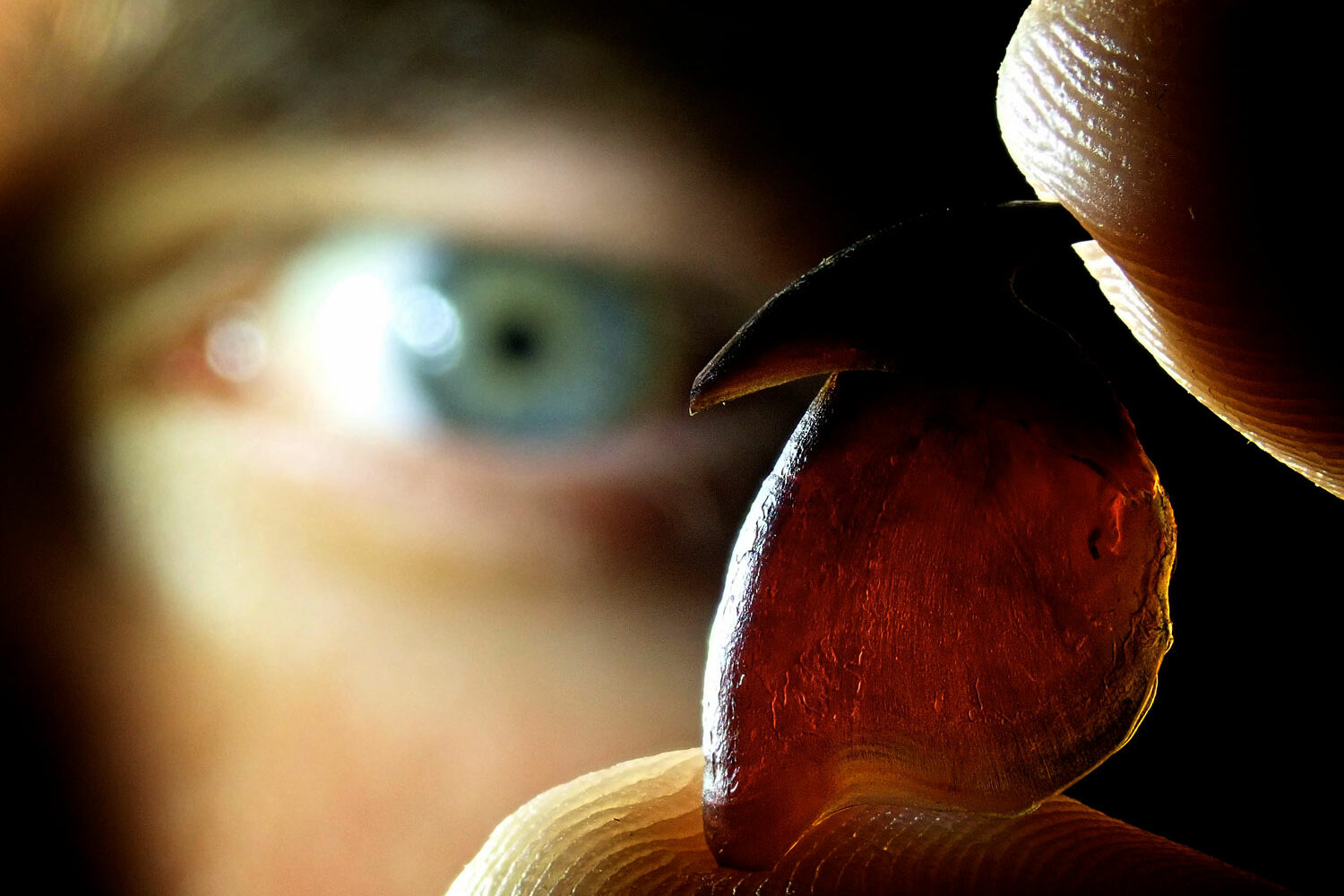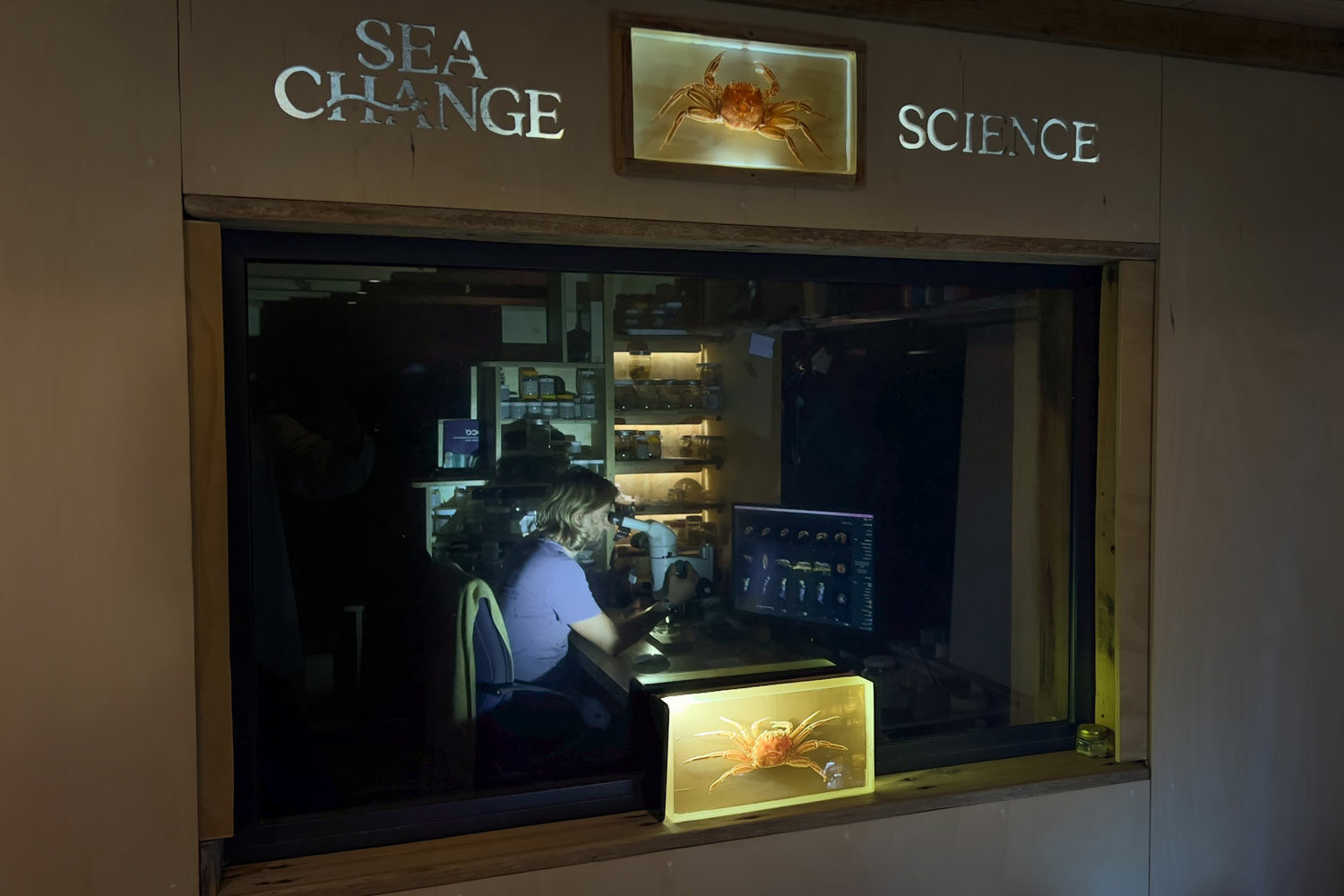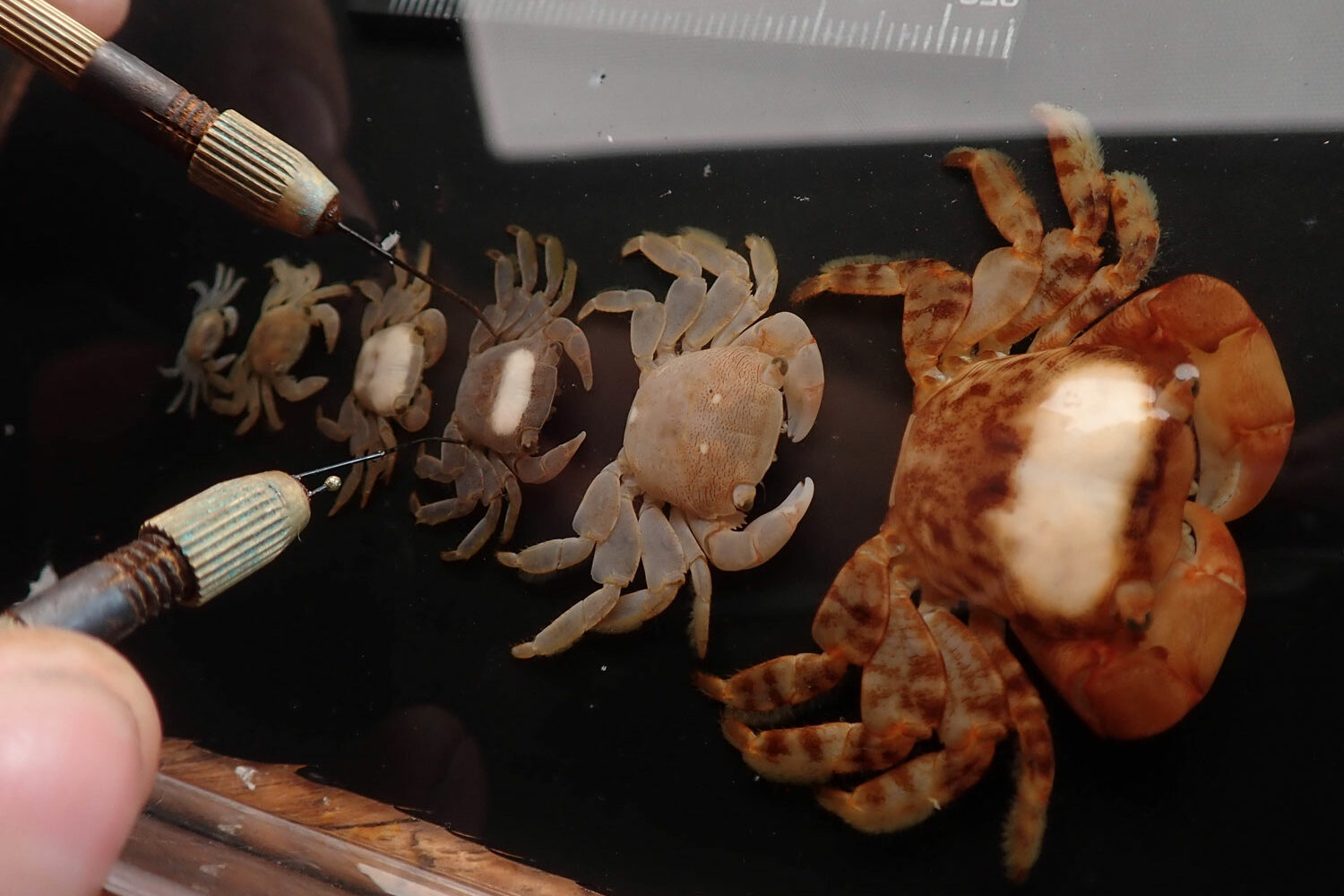Supporting 1001 Seaforest Species
There are none so seductive among storytellers as Scheherazade. Stalling for time, staving off her impending death night after night, the framing character for the collection of Middle Eastern folk tales that we know as the One Thousand and One Nights entranced a king and won his pardon. Perhaps Scheherazade knew what the hapless succession of women before her did not: the power of a narrator to captivate, our capacity for empathy with a character brought to technicolour life, and the potential for a good story to capture our hearts and win over our minds. But Scheherazade’s skill was also sharpened by her predicament; there was urgency and gravity behind her stories. Her very life depended on them.
‘The king, cuckolded by his first wife, beheaded her. He was so angered by her infidelity that he believed all women to be the same and each morning he would execute the young woman who had been brought to him the night before. That was before one extraordinary woman started to tell him these incredible stories,’ begins Craig Foster, a founding member of the Sea Change Project. Craig is part of a team led by Dr Jannes Landschoff, a new Save Our Seas Foundation (SOSF) project leader, together with Craig, and a scientist at Sea Change who is launching an SOSF-funded project this year. The project’s research is the brainchild of marine biologist Jannes, who has spent much of his academic career delving into the finer details of otherwise overlooked life in the ocean. The team, which also includes Emeritus Professor Charles Griffiths (who has described more than 100 species new to science), was inspired by the concept of 1001 stories and aims to document 1001 species in the kelp forests around South Africa’s Cape Peninsula and False Bay coast.
The kelp forests around South Africa’s Cape Peninsula and False Bay coast. Photo © Craig Foster
Craig is no stranger to storytelling; as a filmmaker by trade and training, it could be said that his true vocation is observation. He is also passionate about the art of tracking and translated to the underwater world the skill he witnessed while documenting the San in the Kalahari Desert of southern Africa. ‘I start with a tingle, a kind of feeling of the story I will write,’ is how the Danish storyteller Karen Blixen described the start of a new story’s journey. It may have been a similar sense that first drew Craig to the False Bay coast and to diving its cold waters each day, where he began to track the marine life of the kelp forest. Blixen continued, ‘Then come the characters and they take over, they make the story.’ The result for Craig was one particular story: that of an octopus and, perhaps more tellingly, what we might learn about ourselves when we have the patience to recognise the other lives we share this planet with.
Secreted among and below the fronds of those submarine Cape forests Craig found a great many more characters, each of which has a story that needs telling.
– Craig Foster
There is real value in discovering new species and in describing the lives of species that are documented but whose ecology we know little about. It is this kind of information that helps us to understand how to manage our marine life. But there is something more whimsical at the heart of this project; it’s not just about meeting policy end-goals. Jannes and Craig are playing for our pardon, hoping to enchant us with stories that keep us holding on for more. Who are these creatures we share our planet with? Perhaps if we let them live just a little longer, might we meet another? Could we hear another story?
Photo © Craig Foster
The story of an octopus in the southern reaches of Africa found resonance with us as the audience of My Octopus Teacher, a film that Craig starred in and produced. In a direct analogy, it was the story that stalled the king from beheading Scheherazade that very first morning. Craig’s point – ‘We’ve just forgotten that biodiversity is what keeps us alive’ – reminds us of the urgency of Scheherazade’s storytelling crusade. ‘We hope that as we tell these stories, we buy time so that the number of people listening keeps growing larger and they consider what they might do to help keep biodiversity alive.’ It is an ambitious goal, but it is what biodiversity requires. The sheer richness of life in the Great African Seaforest needs an inspired project of this scale. ‘We want to create awareness and awe for nature,’ adds Jannes. ‘This project will generate data and information about these species, but we can also inspire a broader sense of the value and wonder of this world.’
With a PhD obtained from the University of Cape Town and supervised by Emeritus Professor Griffiths, Jannes brings a scientist’s lens to storytelling.
– Jannes Landschoff
Jannes knows that without our collective action, science will not be taken up into policy or enacted in laws that will guide our sustainable future. But for anyone to act, an emotional connection needs to be established. There needs to be curiosity and empathy before pardon. ‘The original impulse for this project stemmed from this number. “What if we could find 1001 species in this place?” we wondered. “And what a number this would be to really show people what we mean by biodiversity!” When there are 1001 species and each has a story, a face and a name…’ He pauses to reflect. ‘It hopefully brings these species into a space where people can actually engage with them.’
Combining skills of filmmaking, science and journalism, the Sea Change Project team is focusing on a project that can use this collective expertise to greatest effect. In a way, its approach mirrors the biodiversity it wants to protect: our planet functions precisely because each species has its niche and has evolved to do its particular job spectacularly well. It’s an approach that has seen life proliferate on our planet and made it habitable for human beings. Perhaps it’s a conservation tack that we might use to keep our planet healthy and regenerate the richness of life that we so desperately need.
Ensuring that the science is sound within an esoteric natural history approach falls to project leader Jannes. ‘One needs to be a little bit strategic, yet maintain an open mind. You still want to discover species that we don’t ordinarily notice or that have been overlooked. In South Africa, we live in a space where we can discover something new about different species daily. This is what excites me: to figure out something in nature that no one else has even looked at.’
In fact, the marine life of South Africa and the potential for discovery have been the subject of many books and papers. Says Emeritus Professor Griffiths in the foreword to the book Sea Change: Primal Joy and the Art of Underwater Tracking, ‘To my mind there is no greater thrill than first examining these creatures, each one a miniature miracle that is the result of millennia of evolution and adaptation, and to realise that no human has ever seen (or at least recognised) that species before.’ It’s a philosophy in which Jannes is steeped: ‘When you are able to ask the curious questions, you notice new things.’ The information that he and the 1001 Seaforest Species team gather should prove useful to a variety of stakeholders and will ultimately teach us more about the species found in the kelp forests around the Cape Peninsula and False Bay (which might pertain to the same species found elsewhere) and the value of the entire ecosystem. ‘But there is a practical side to any project, which means we will need some kind of taxonomic spread, ensuring that we get a sense of the representation of the diversity of life here.’
Photo © Craig Foster
Human beings have used False Bay for thousands of years; commercially, its waters have been fished for more than 400 years. As a site of diversity set in a growing urban environment, the bay and its inhabitants are far from immune to overfishing, pollution, climate change and habitat loss. The 1001 Seaforest Species project has at its heart both curiosity and reverence. It is a natural history project that seems almost anachronistic among the specific targets of today’s conservation science and research. ‘Both Jannes and I revere naturalists like Alexander von Humboldt, Charles Darwin, John Muir and Henry Thoreau,’ says Craig. ‘We draw on that tradition in some ways. It’s incredible that, in this day and age, there are still species here that no one has looked at. That is the wonderful thing about this work: the closer you look, the more you begin to see in the details. But I think it remains to be seen what change is afoot, if any. Only after several years of work will we be able to talk about any changes, whether it’s climate change or overfishing.’
‘In Cape Town,’ adds Jannes, ‘we are lucky that the marine environment is still quite resilient. This is particularly true of the invertebrates: the shrimps and crabs and rock lobsters, the octopuses and squids, the snails and the jellyfish and their kin. Moreover, this project is designed with that natural history approach of observation in mind, documenting species, so tracking change over time is not something we will be able to immediately show in the data.’
Finding the delicate balance of a natural history project that justifies the value of what it can produce for science and what it can offer an audience with its stories is something that Jannes feels the Sea Change Project is pioneering. ‘We have to be confident in the work that we do,’ he says. Alluding to their initial work on My Octopus Teacher, Craig adds, ‘The motivation has come from our passion. When you’re passionate about something, you just do it. So it’s been quite a surprise to receive such a powerful reaction and to see people changing their minds [in response to the film]. I suppose that once you manage to do this a few times, your confidence that you’re on the right track grows somewhat.’
Photo © Craig Foster
Going back to the storytelling process, Karen Blixen wrote: ‘Within our whole universe the story only has the authority to answer that cry from the heart of its characters, that one cry from the heart of each of them: ‘Who am I?”’
The Sea Change Project’s 1001 Seaforest Species project is as ambitious, improbable, enticing and urgent as those Middle Eastern tales from which the inspiration for their name was drawn. And if we can applaud Scheherazade for her skill and ingenuity, then perhaps we also need to remember that it was the stories themselves that won over the king. It seems to be this that Jannes knows about the work they need to do: these are stories worth telling. In diving the Cape’s cold kelp forests, Jannes, Craig and Emeritus Professor Griffiths have all observed enough to believe passionately that each animal has a story that we will want to hear. So it is the job, as Blixen suggests, of the storyteller to convey with sincerity the truth of each character. And maybe, just maybe, what Jannes is edging towards with this project is that – more important than urgency or intellect or enchantment – it is the stories told with heart that truly win us over.



